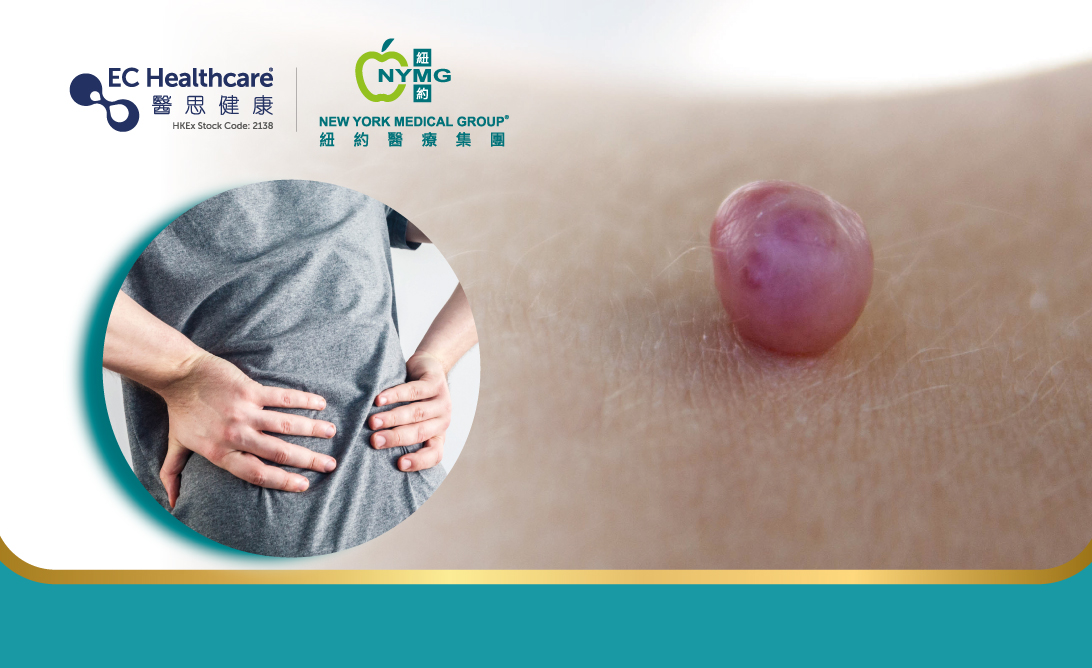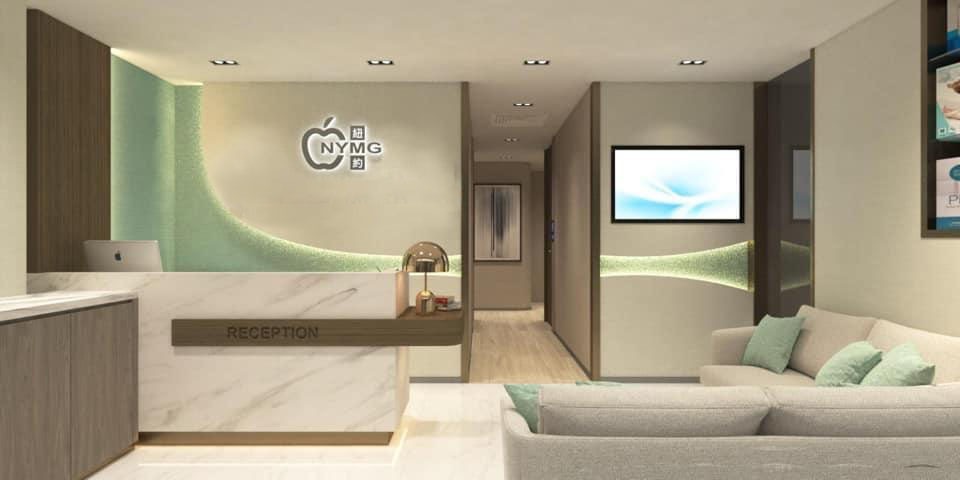Unresectable Aggressive Sacral Haemangioma Causes Lower Back Pain


A haemangioma is a benign tumour made up of abnormal blood vessel growth. It is common and can form on any part of the body, be it skin, muscles, internal organs or bones. Bone haemangiomas mostly occur in the spine and affect people aged over 50. Spinal haemangiomas are often seen in the thoracic and lumbar spine. In 2022, a Hong Kong academic paper published in the American Journal of Case Reports described the first case of an aggressive sacral haemangioma that showed a positive response to conservative care, including chiropractic manipulation.
A 56-year-old Hong Kong woman experienced worsened lower back pain for 6 months with excruciating pain extending to her right buttock and lateral thigh, therefore sought help from a chiropractic clinic. The patient also suffered from weakness in the lower limbs which required the use of a cane to walk. Yet, she could only walk about 50m even with the help of the cane since the sharp pain in both buttocks and thighs would stop her. Her pain severity is rated at 8. She denied having any bladder control problems or saddle anaesthesia, but did experience constipation. She was a non-smoker and an insurance agent, and had a negative family history of neoplastic conditions.
Before this aggravation of pain, she had experienced mild lower back pain for 10 years, and was diagnosed 16 months ago with an aggressive sacral haemangioma by positron emission tomography/magnetic resonance imaging (PET/MRI), contrast MRI, and computed tomography-guided biopsy. Her neurosurgical team decided to avoid any surgical operation or procedure in light of the large tumour size, low success rate and potential complications. The patient had previously tried to relieve the pain by resting, exercising, taking oral nonsteroidal anti-inflammatory drugs (Etoricoxib and Celecoxib), and receiving a right sacroiliac joint steroid injection, but found them no use. As the patient had limited choices, her neurosurgical team referred her for chiropractic care, which she had not tried before.
Upon examination, the patient showed a flattened back posture leaning to the left side. Upon palpation, she felt pain in the paraspinal areas from L1 to L5, as well as restricted motion and pain at the T3–4, T7–T8, and T12-L1 levels. Hypertonicity was identified at her iliopsoas, rectus femoris, and erector spinae on both sides. She experienced a restricted range of motion of her lumbar spine and felt discomfort at 10° extension (the normal range is 20-35°). The straight leg raise test did not intensify the symptoms, but the femoral nerve stretch test performed on both sides did. Her motor evaluation identified reduced strength and pain in the right knee.
Due to her postural signs of potential scoliosis, failure of other forms of care, no prior experience with a full-spine imaging test, as well as existing cases of aggressive sacral haemangiomas leading to spinal deformity, she received a full-spine radiographic examination. In this case, an overall assessment of spinal balance could help guide chiropractic treatment, which was more comprehensive than solely focusing on the haemangioma site. Radiographs showed degenerative changes in the thoracic and lumbar regions, pelvic imbalance, abnormally decreased thoracic and lumbar curves and coronal imbalance. The images also showed the sacral haemangioma, but no apparent haemangioma was seen on other parts of the spine.
The chiropractor provided a differential diagnosis including myofascial pain syndrome, which could be secondary to changes in posture, referred pain and muscle guarding related to the aggressive sacral haemangioma. Lumbosacral plexopathy was also considered due to the presence of extension intolerance, pain during the femoral nerve stretch test (possible L4 sign), and lateral thigh pain (possible L5 sign). This might be caused by the compression of the lumbosacral trunk (comprising the L4 and L5 lumbar nerves) by the presacral extension of the sacral haemangioma. Compression of the lower cauda equina was also considered a potential cause of the symptom.
The patient agreed to receive conservative chiropractic treatment including thoracic spinal manipulation with a high-velocity, low-amplitude force, and manual contact at T3–4 and T7–T8 to enhance spinal mobility. After a discussion with her spine surgeons, lumbar and pelvic manipulation were avoided to prevent iatrogenic fracture. The patient received treatment every day in the first week, and her pain severity reduced in the process. The treatment frequency was high initially since the patient suffered from intense pain, weakness, and limited mobility and showed a temporary positive response to the initial treatment. As she experienced long-lasting relief during the treatment, the frequency decreased gradually.
She received treatment twice a week for 3 months, during which her hypertonic lower back muscles were relieved with instrument-assisted soft tissue mobilization. The chiropractor also taught her some low-impact quadruped (i.e., hands and feet on the floor) strengthening and stretching exercises as a part of rehabilitation. This included the cat-cow exercise, which involves flexing and extending the back alternatively to improve spinal mobility, and bird-dog exercise, which can strengthen and stabilise the lower back. The patient gradually reduced and then stopped taking pain relievers during the last 3 months of treatment.
By the end of the 6-month treatment, the patient could return to her normal daily activities such as grocery shopping without suffering from any sequelae. At a follow-up visit after 1 year, patients reported no symptoms during the previous 6 months and the ability to walk without using a cane anymore.
Since aggressive sacral haemangioma is rare and its related surgical and ablative procedures are challenging, there is still no consensus regarding the appropriate treatment modality. This report presents the case of an aggressive sacral haemangioma which is symptomatic. The patient could not receive invasive treatments but showed a positive response to conservative chiropractic therapy.
Related Brands










